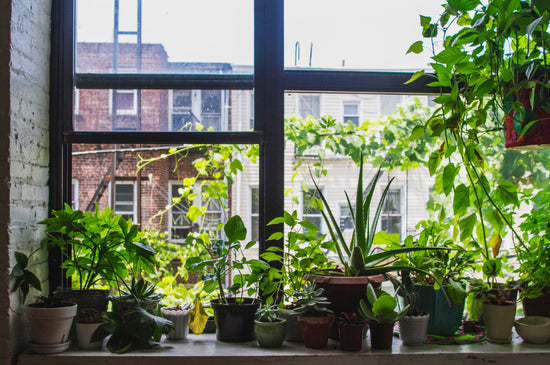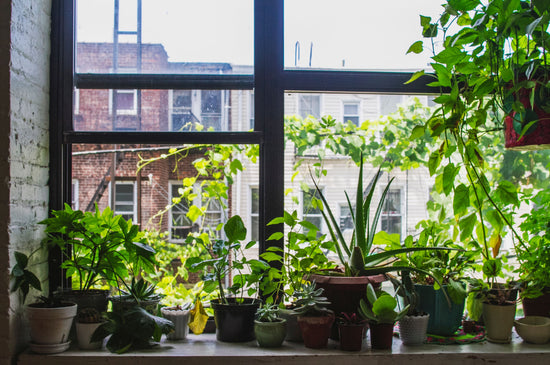How to Grow Lifesaver Cactus: A Guide to Thriving Huernia Zebrina Plants
The Lifesaver Cactus (Huernia zebrina), also known as the Lifesaver Plant, is a stunning rare succulent that boasts zebra-striped blooms with a candy-like star center. This unique flowering succulent is an excellent choice for both seasoned plant enthusiasts and beginners, thanks to its reputation as an easy-care succulent. Available at Wekiva Foliage, this low-maintenance cactus makes a perfect addition to your collection of indoor succulent plants.
What Makes the Lifesaver Cactus Special?
The Lifesaver Plant is celebrated for its compact size, exotic look, and versatility. Whether displayed as a succulent gift plant, showcased in rock gardens, or nestled into dish gardens, this collectible succulent thrives in various settings. Its star-shaped flower and zebra-striped pattern make it a true showstopper.
- Drought-Tolerant Succulent: Ideal for plant lovers with busy lifestyles.
- Adaptable to Indoor Spaces: Perfect for bright indoor spaces, windowsills, or partial shade.
- Eye-Catching Design: Its blooms resemble candy, making it one of the most ornamental succulents on the market.
How to Grow and Care for Lifesaver Cactus
Light Requirements
This succulent with unique blooms thrives in bright, indirect light but tolerates partial shade. For optimal growth, place it near an east- or south-facing window. Outdoor placement is also possible, provided it’s protected from harsh, direct sunlight.
Watering Guidelines
As a drought-tolerant succulent, the Lifesaver Cactus prefers minimal watering. Allow the soil to dry out completely between waterings to prevent root rot. Reduce watering during cooler months when the plant enters dormancy.
- Tip: Water once every two to three weeks in the growing season.
Soil and Container Recommendations
The Lifesaver Cactus requires well-draining soil, such as a cactus or succulent mix. Combine it with perlite or sand for improved aeration. Choose a container with drainage holes to prevent waterlogging.
Temperature and Humidity
This compact succulent for containers thrives in temperatures between 60°F and 80°F (15°C - 27°C). Avoid frost exposure as it can damage the plant. While it tolerates low humidity, occasional misting can simulate its native environment.
Fertilizing and Growth
Though not a heavy feeder, a diluted cactus fertilizer during the growing season can boost its growth. Fertilize sparingly to avoid nutrient buildup in the soil.
Creative Ways to Display Lifesaver Cactus
- Dish Gardens: Combine with other small succulents like Echeveria and Hens and Chicks.
- Rock Gardens: Add texture to outdoor landscapes with its bold and unique design.
- Gift Plant: Its compact size and stunning blooms make it a thoughtful gift for plant lovers.
Common Issues and Troubleshooting
- Yellowing Leaves: A sign of overwatering. Ensure proper drainage and reduce watering frequency.
- Lack of Blooms: This may indicate insufficient light. Move the plant to a brighter location.
- Pests: Look out for mealybugs or spider mites. Treat infestations with neem oil or insecticidal soap.
FAQ
1. How often should I water my Lifesaver Cactus?
Water once every 2-3 weeks during the growing season and less frequently in winter.
2. Can the Lifesaver Cactus grow indoors?
Yes, it thrives as an indoor succulent plant with bright indirect light.
3. What type of soil is best for Lifesaver Cactus?
Use a well-draining cactus or succulent mix with added perlite or sand.
4. How do I propagate Lifesaver Cactus?
Propagation is simple via stem cuttings. Allow the cuttings to dry for a day, then plant them in well-draining soil.
5. Why isn’t my Lifesaver Cactus blooming?
Insufficient light is the most common cause. Move the plant to a brighter location with indirect sunlight.
Add the Lifesaver Cactus to your collection by visiting Wekiva Foliage and explore more options for unique and low-maintenance cactus plants. This rare and ornamental succulent is sure to become a centerpiece in any home or garden!






